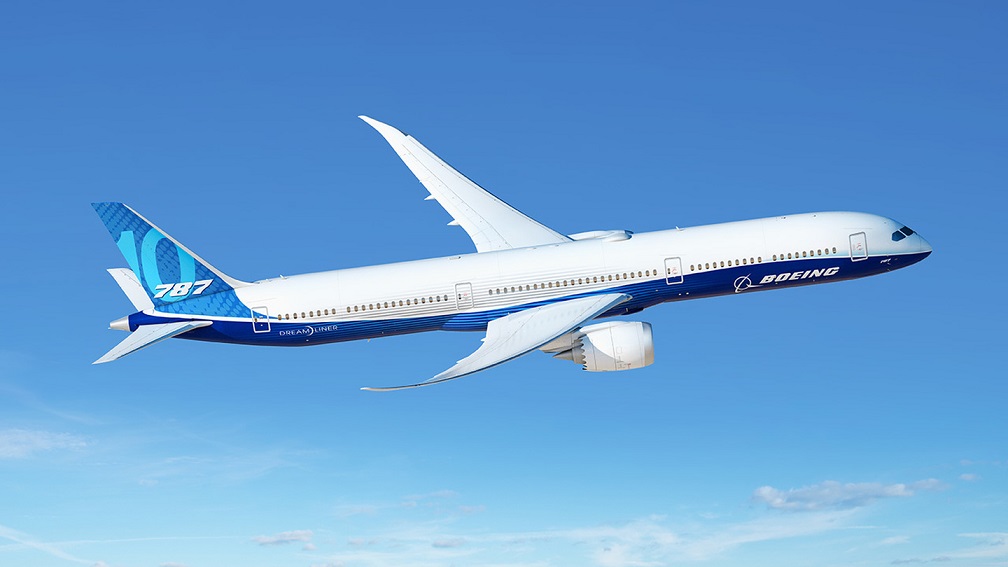Uses of Titanium Alloys in Civil Aircraft

Uses of Titanium Alloys in Civil Aircraft
Titanium alloy is an alloy composed of titanium as a base material and other elements. It has the outstanding advantages of low density, high specific strength, good corrosion resistance, good heat and low-temperature resistance, non-magnetic, good impact resistance, and good welding performance. Therefore, it is widely used in the chemical industry, aerospace, electric power, sports and leisure, shipbuilding, marine engineering, medicine, metallurgy, and other fields. In this article, let's take a closer look at the uses of titanium alloys in civil aircraft.

Uses of Titanium Alloys in Civil Aircraft
The forming method of titanium alloy parts is not limited and can be welded and machined. Therefore, in the aviation industry, titanium alloys are used to manufacture various parts of aircraft (such as smaller screws, nuts, and other fasteners, larger fuselage frames, engine blades, skins, bulkheads, and landing gears, etc.)
At present, advanced civil aircraft generally increase the amount of titanium alloy, and titanium and titanium alloy have become indispensable structural materials for civil aircraft.
Approximately 8% titanium alloy is used on the B777. The nearly β-type titanium alloy Ti-10V-2Fe-3Al with good forge ability is used as the landing gear of the B777. Ti-15Mo-10.7Nb-3Al-0.2Si with oxidation resistance and corrosion is mainly used for rear fairing.
On the B787 aircraft, titanium alloys are used in traditional parts such as suspension and landing gear structures. In addition, due to the substantial increase in the amount of B787 aircraft composite materials and the good compatibility of titanium alloys with composite materials, titanium alloys have also replaced aluminum alloys in certain parts, making the amount of titanium used on B787 aircraft up to 15%.
The amount of titanium alloy used in Airbus aircraft is relatively stable and lower than that of steel. However, with the gradual increase in the amount of composite materials, the amount of steel decreases, while the amount of titanium alloy gradually increases. For example, the amount of Airbus composite materials increased from 5.5% in the third-generation airliner A320 to 8% in the fourth-generation airliner A340, and the corresponding amount of titanium increased from 4.5% to 6%. The amount of composite materials used in the A380 passenger plane reached 25%, and the amount of titanium alloy increased to 10%.
In addition to the Boeing 787, the A350 is currently the model with the most composite materials, with an amount of about 52%, and the amount of corresponding titanium alloys has also increased to 14%. The main parts of the A350 passenger aircraft that use titanium alloy include engine suspension, cabin doors, wing structure, seat rails, landing gear, and heat shield of auxiliary power cabin.
Conclusion
Thank you for reading our article and we hope it can help you have a better understanding of the uses of titanium alloys in civil aircraft. If you want to learn more about titanium and titanium alloys, we would like to advise you to visit Advanced Refractory Metals (ARM) for more information.
Headquartered in Lake Forest, California, USA, Advanced Refractory Metals (ARM) is a leading manufacturer & supplier of refractory metals & alloys across the world. It provides customers with high-quality refractory metals & alloys such as titanium, tungsten, tungsten alloy, niobium, molybdenum, tantalum, rhenium, and zirconium at a very competitive price.
{{item.content}}
LEVE A REPLY
{{item.children[0].content}}
{{item.content}}






